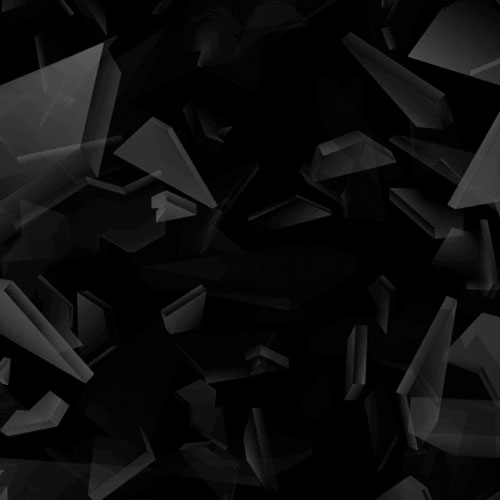Posted: 02/12/2014
This video shows how to work with logged media – from navigating to specific time codes to organising your logs according to metadata. It will also demonstrate how to export and print your logs and how to add logs to your sequence.
https://www.youtube.com/watch?v=_WKapnQm-38
Transcription of the video
As we demonstrated in the preparing to log and logging tutorial videos, it’s simple to add and edit metadata or logging information to your clips using Forscene. Let’s explore what you can then do with existing logs – starting with simple viewing.
Load a logged rush or folder into the play window and select the logging view to see all the logging entries associated with that media. Logging entries for the frame being viewed in the play window will have a darker tint to their background.
To navigate in the play window to either the in or out point of a specific logging entry, double click that time code in the logging view window. You can also drag the logging entry – for example, dragging the time code onto the background opens a new play window containing only that logging entry’s media, parked at the time code you selected.
Right click on this button to select which play window’s logging information you want to display in the logging view. Alternatively, use these numbered tabs to navigate between each play window’s logging view.
If you’re using Forscene only to log and view rushes then you may want to print or export your logging information. Clicking the export button opens an online preview of your log and gives you the option to print a hard copy. This preview mirrors the visible columns and sort order of your logging window.
Right clicking the export button opens a CSV file of your log as a pop up in your browser. This is transferable to other systems. But if you do a rough cut or sync pull in Forscene you can search your logging entries to identify clips quickly, create sequences and save time in your edit.
To search for media associated with specific logging metadata simply load the folder containing your source footage into the play window, select the blue logging view (if it isn’t already displaying) and type into the search box. This incremental search highlights all matches in the logging window as you type.
Click the options button to choose whether to show unmatched line items in the logging window or to only display lines containing matches. Right clicking the options button allows you to organise your logging entries according to the metadata in chosen logging window columns.
Creating a sequence from these logging entries is as simple as dragging and dropping them. Add them one at a time, hold down shift to add consecutive clips, or hold down control to select separate clips and drag them into your record window. Select timeline view and there’s your sync pull!
You can then drag the clips and drop them into a different order and refine your edit. Watch our editing tutorial videos for editing demonstrations.
Name your sequence and save it by dragging from the record window into the file window. Auto-save uses this file name to identify unsaved files.
You publish or export from Forscene by dropping your sequence onto the publishing format button of your choice. For example, to export an EDL of this sequence – so that you can finish in another edit application – drag it onto the EDL export button.
Click the EDL button to access the EDL status window and double click your published EDL to open up a list of export options in a pop-up web browser window (you will need pop-ups for this site enabled).
Blackbird is best-of-breed
Jon Hanford - Group CTO, Deltatre
